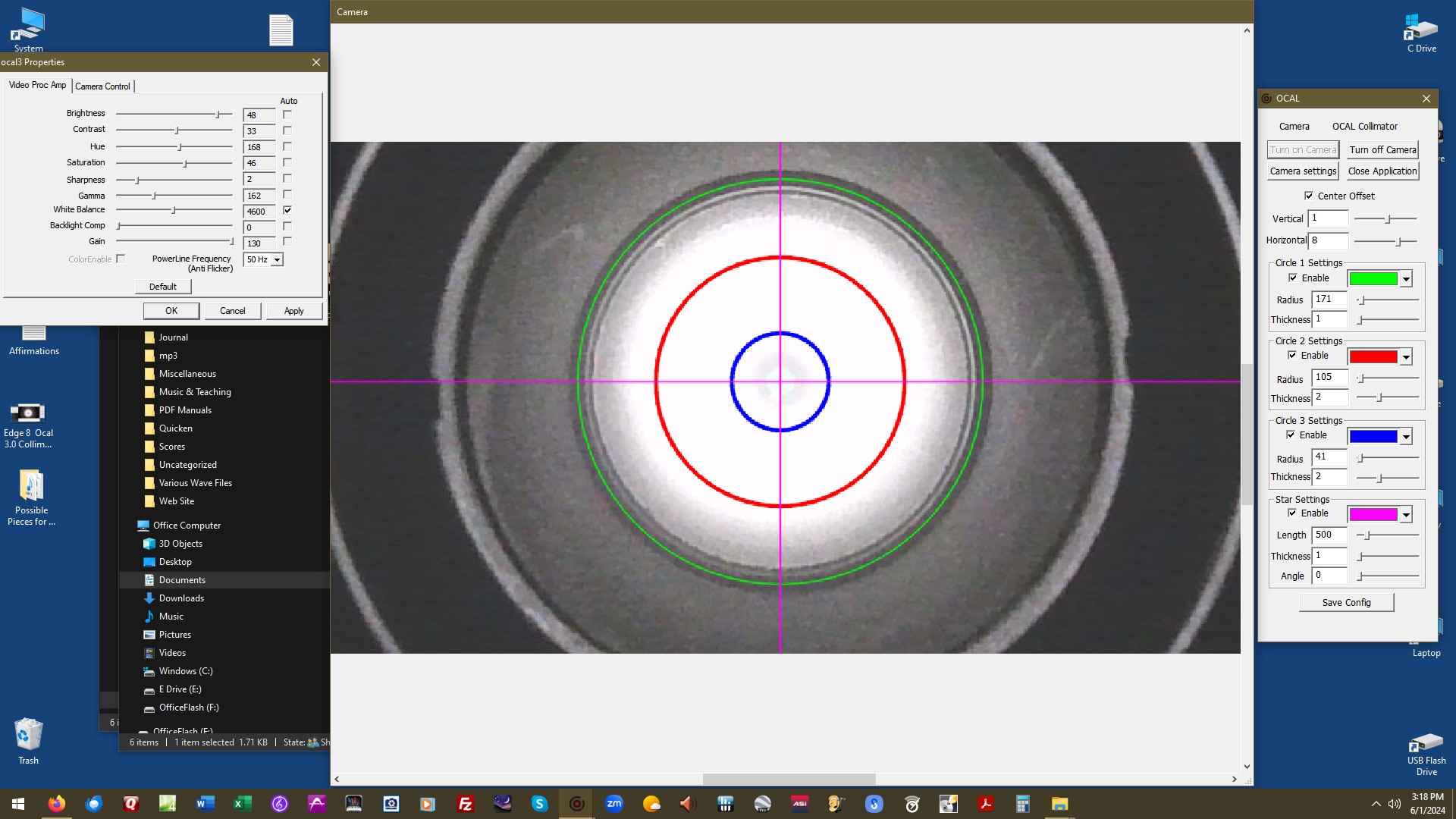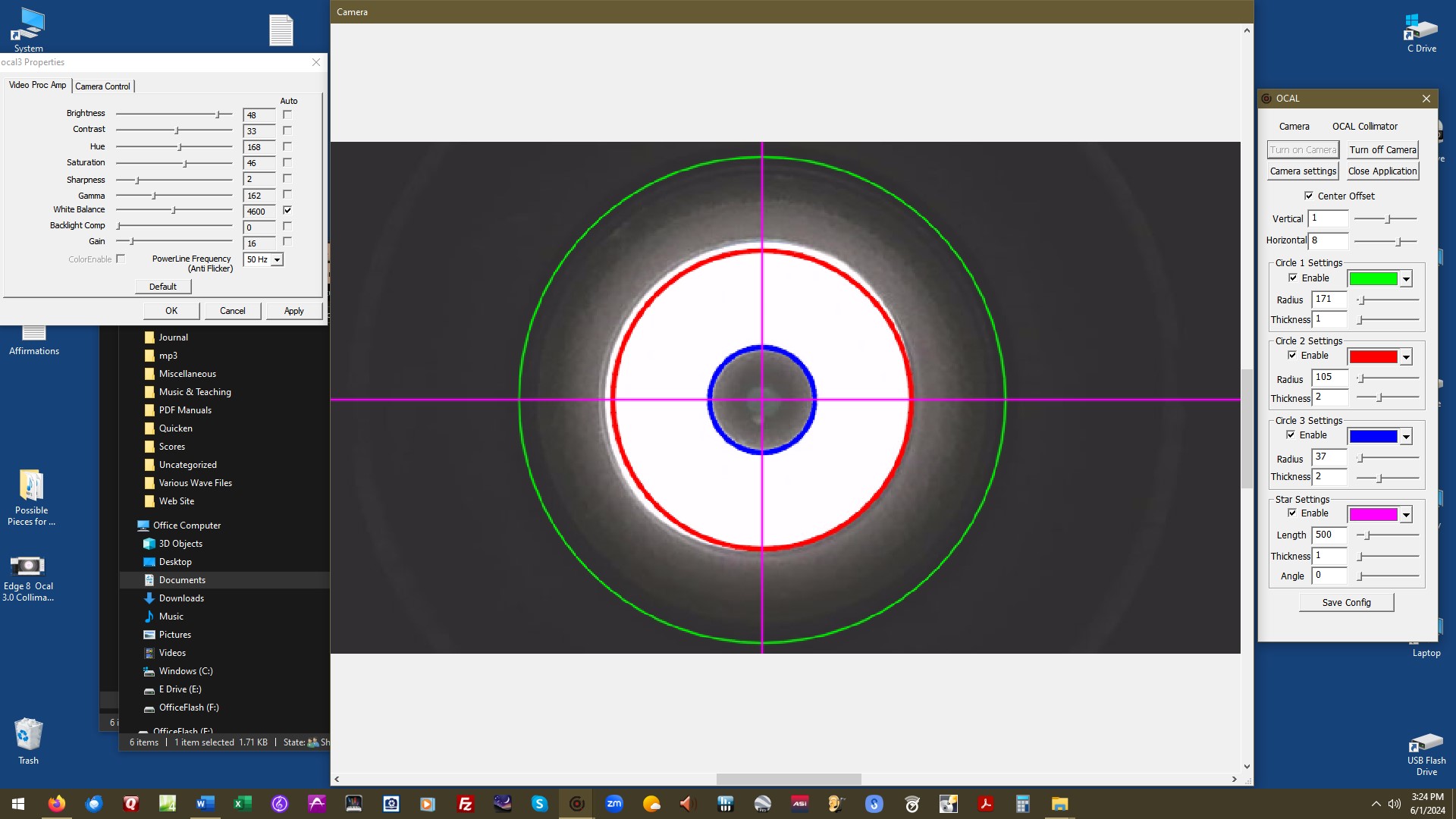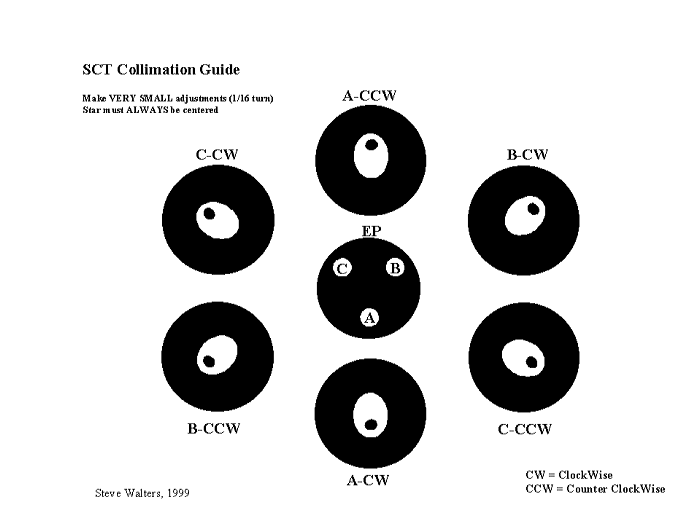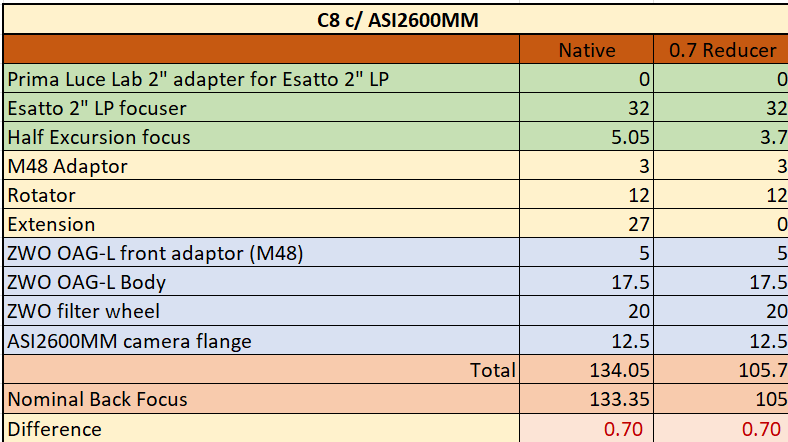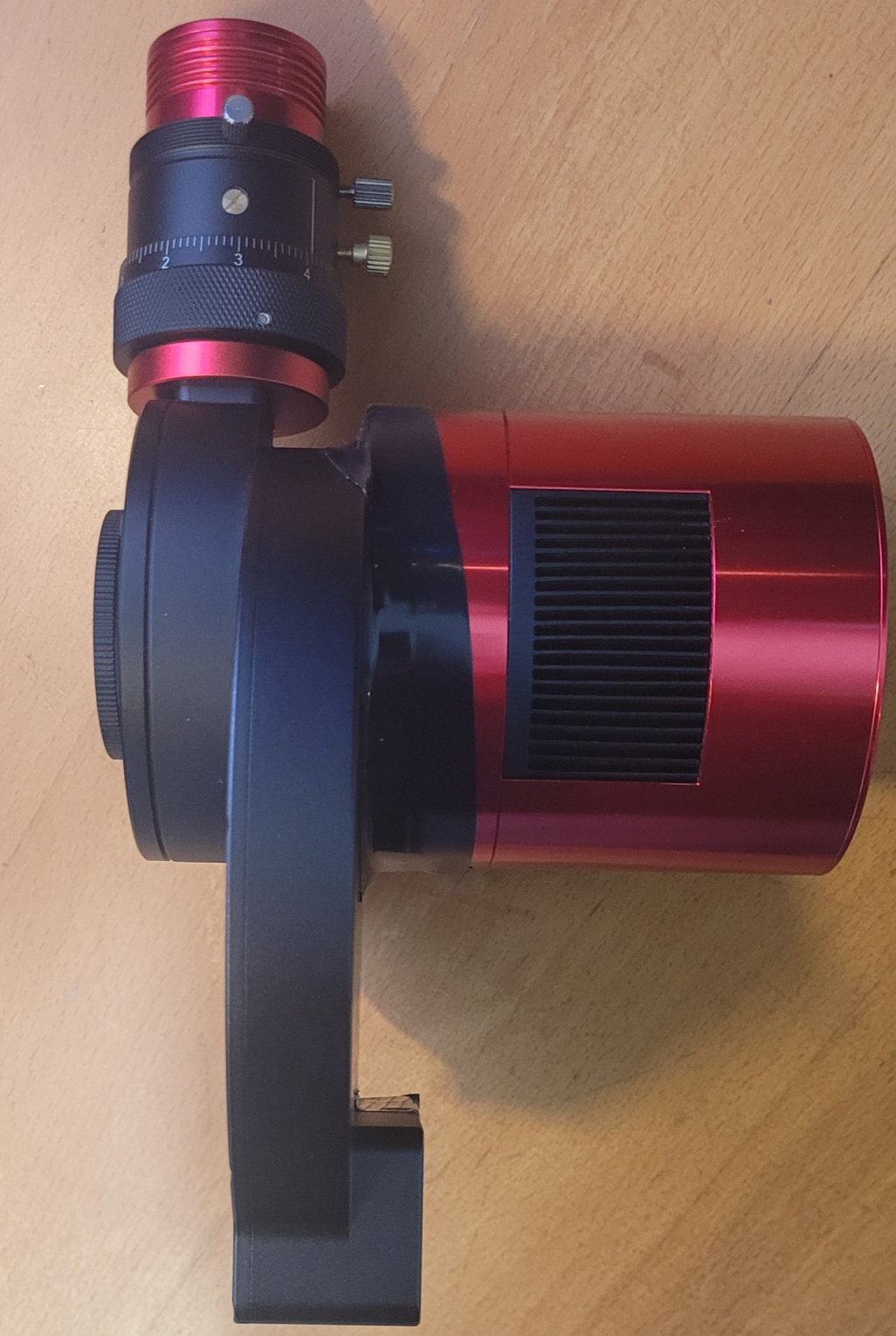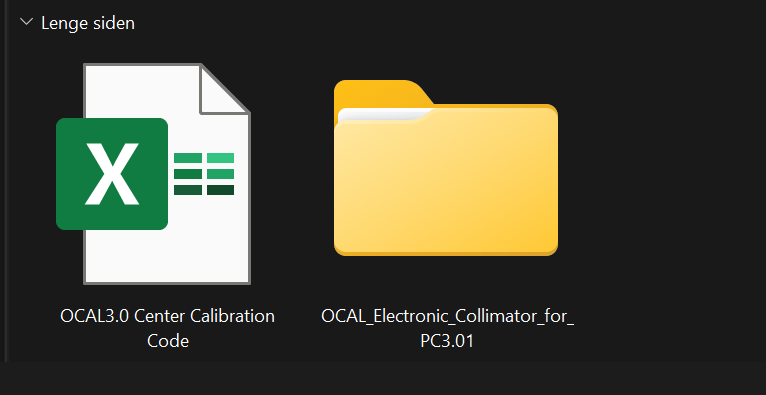Hi, Jerry.
I've not got an OCAL but did seriously consider something like this because of all the struggle I have had with collimation of my EdgeHD 8". Even with perfectly centred defocused stars (doughnuts), I had distorted results; my supplier was not much help, suggesting that it must be me and not the scope.
All of the videos (including Dylan's very good one) seem to assume that the corrector etc. are all properly located and that the only issue is the secondary mirror; I believe that this is an assumption to be challenged. I understand other tools such as the HOTECH are intended to help adjust any such problems. Your results hint that you may need to do more than just adjust the secondary (see below for more on that) for the OCAL to produce results. And in all of the videos I've seen on collimation by using the centred defocussed stars method, it presents as far easier and less frustrating than the reality I have experienced.
Here is where I got to (just a month ago) and am now fairly happy. See some photos below.
- I do it outdoors at night with a bright star.
- Install knobs instead of screws. These are so much easier to adjust whilst standing beside the scope outdoors in the dark, and you have no risk of scratching the glass with a misplaced screwdriver. I got some knobs from the local hardware store; the thread on mine is M3. Fine adjustments are much easier too.
- Get a tri-Bahtinov mask - this piece of magic is the game changer (at least for me, and it seems others who have responded to your post too).
- Polar align the mount (EQ in my case) so that it can accurately track a star across the sky (which eliminates your stated problem of the star going out of the field of view).
- Find a super bright star - Sirius works for me. I use an astro camera but visually will work too of course. With the camera (looping the exposures), you can be adjusting knobs whilst looking at the screen image instead of moving back and forth to the eyepiece.
- NB: If you are using an astro camera that has cooling, leave the cooling Off. The fan vibrations can also be a source of star distortion. See below for more on this.
- Before doing anything further, wind the mirror focus knob 8-10 turns out and back either side of your current (roughly focused) position. This was suggested on one forum, the idea being to ensure that nothing is sticking. I did some image tests pre and post doing this and it did indeed make a huge difference.
- Focus as sharply as possibly ( I have an electronic focuser, so I do an autofocus run as well). This will ensure that the tri-Bahtinov mask is showing only collimation errors and not focusing errors (for which the original Bahtinov mask is designed). Unfocussed stars will cause the tri-Bahtinov to show non-centred spikes, even when perfectly collimated. You want it super-well focused so that non-centred spikes are attributable solely to collimation error.
- Adjust the knobs until you have all the spikes centred (you can see plenty of examples online). Apropos my statement above, expect some frustration and hair pulling to get this completely nailed. It involves releasing two screws and tightening the opposite one several times, eventually just a tiny fraction of a turn. You also have to work out which screw for which spike; there are some good videos online for this.
After all that, my stars are nice and round and sharp like never before; better than out of the box (which was not great to begin with).
But here is the thing. When I defocus a star now, the doughnut is way off centre. This leads me to suspect that my OTA has some other problem such as an off-centre corrector. I've never adjusted that and will likely not do so without some expert help. From your post, it seems possible that you may have a similar challenge. Again, a lot of collimation techniques assume only the secondary needs adjusting and that everything else is in its proper place. I suspect that for some OTAs, this may be a flawed assumption.
My stars are sharp and round now, so I have the outcome I want, which probably means I should not fiddle with the corrector or anything else.
Also, I do not use the mirror locking screws on the EdgeHD, lest these affect the angle of the mirror. I've not had any shift in collimation during meridian flip (at least in my final images) so figure this is fine. If you are using an auto-focuser attached to the mirror, you need to leave them unlocked anyway.
You may also find, if you are imaging, that even perfectly collimated, with some cooled cameras you can have stretched stars with even relatively short exposures. Fan vibration is a known source - there are online discussions and video on this. I changed the fan on my ASI2600MM to a Fractal Design Silent Series R3 50mm which I found on Amazon. Everyone also seems to install rubber mounts, but I have not (as they've still not arrived) and with the results I have, I believe I may not need them.
I hope that helps a bit, Jerry. If my experience is anything close to yours, it sort of suggests that the OCAL may not be helping as much as it should which is a bit of a bummer. A tri-Bahtinov mask is cheap, and I suggest well worth trying.
Some Images:
Knobs from the local hardware store. Cheaper than Bob's and functionally identical. You'll need three of course.
They are M3 on mine but I believe they can be imperial on some OTAs (perhaps USA).
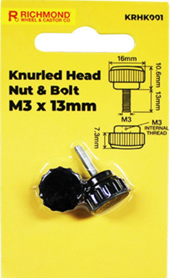
Installed on the OTA. Beautiful.
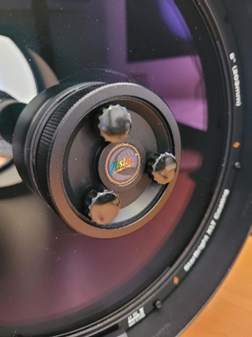
Tri-Bahtinov. Get this design as it easily goes on and off with the raised centre ring to hold on to, and sits over the adjuster screw area.

Tri-Bahtinov star spikes. This is mid-process. You can see that the N/S and NE/SW are not yet centred; the NW/SE are pretty good. This is about where it gets super fiddly with very small adjustments.
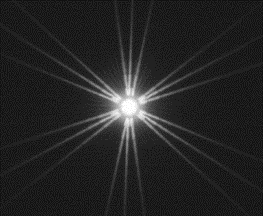
All the best.
Paul
